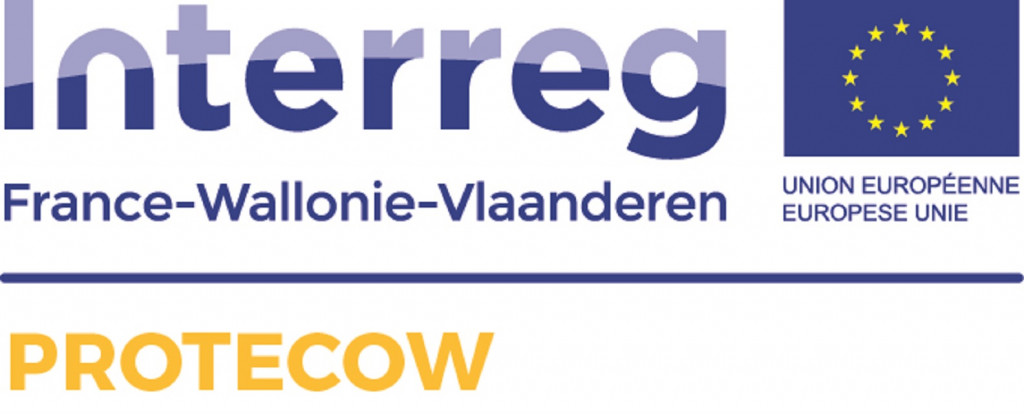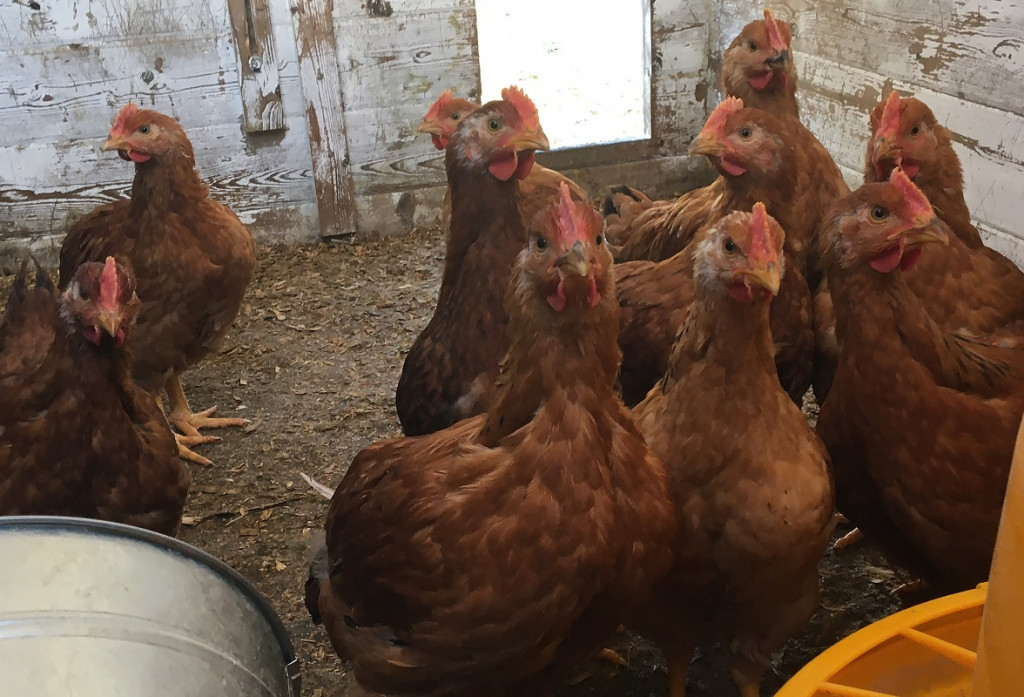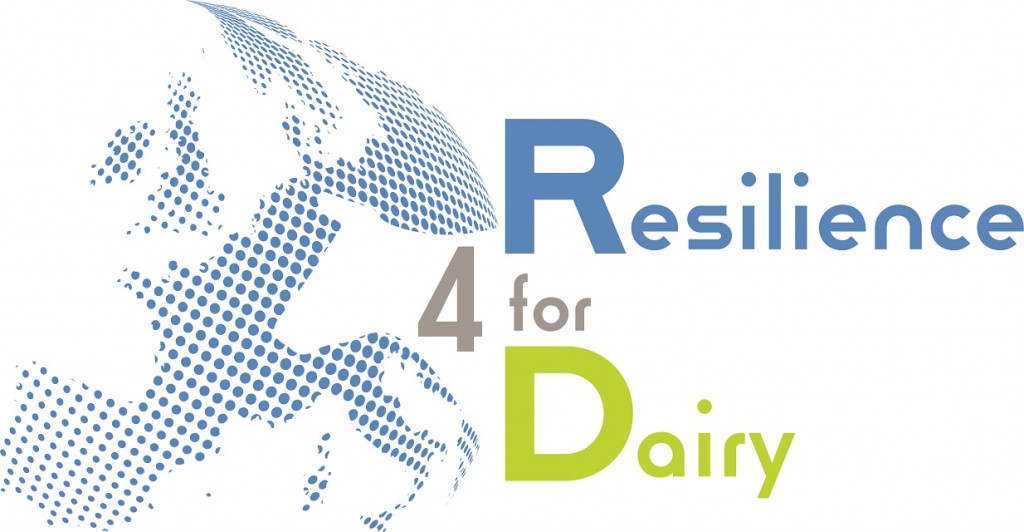What was the situation in the France-Flanders-Wallonia area?
Mainly of the mixed crop-livestock type with a high level of production, the dairy farms in the area have good levels of mass (66% in FL – 71% in FR) and protein (46% FL – 44% FR) autonomy. However, the comparison of dairy cows’ diets in France and Flanders revealed differences in fodder strategy between the two regions. In Flanders, a point of attention is focused on earlier harvest of the grass silages allowing the purchase of protein concentrate to be reduced. In France, breeders rather take care to have a good energy and protein density in their diet in order to reduce the intake of production concentrates.
The strength of the group of breeders
During the 4 years of the project, the technical and economic results of a cross-border group of 18 dairy farmers were analysed and then shared during thematic meetings. The trio of breeders-advisers-scientists was a real driving force for change in the group.
The evolution of the technical and economic results of the PROTECOW farmers' club is a good example of this dynamic since between 2017 and 2020, the gross margin per 1000 litres for breeders increased by +24% (on average for FR and FL breeders) to +33% for WL farmers. This increase can be explained in particular by a rationalisation of the feed cost, via the combination of the levers “forage quality – reduction in concentrates intake”.
The “PROTECOW dynamic” was also important in the group since the sharing of the results obtained from year to year made it possible to reduce the gap between dairy farmers. Thus, nearly €24,500 was saved, without reducing the volume of milk produced.
A PROTECOW dynamic shared by as many people as possible and long-term lessons
Advantage or not, the arrival of COVID-19 during the last year of the project forced the partners to review their strategies for communicating the results of the project. Thus, the closing conference of the project was replaced by a set of digital events. The results are positive since the various media have reached more than 190,000 people. The website www.interreg-protecow.eu reached nearly 35,000 people, the Facebook page has 530 “fans” and the YouTube channel, 196 subscribers. In terms of scientific communication, the PROTECOW results were presented in 2020 at the 3R congress in the form of an oral communication, a poster and an EIT (Experience-Innovation-Field), and will be presented in 2021 at the annual conference of the EAAP (European Federation of Animal Science) in Davos.






